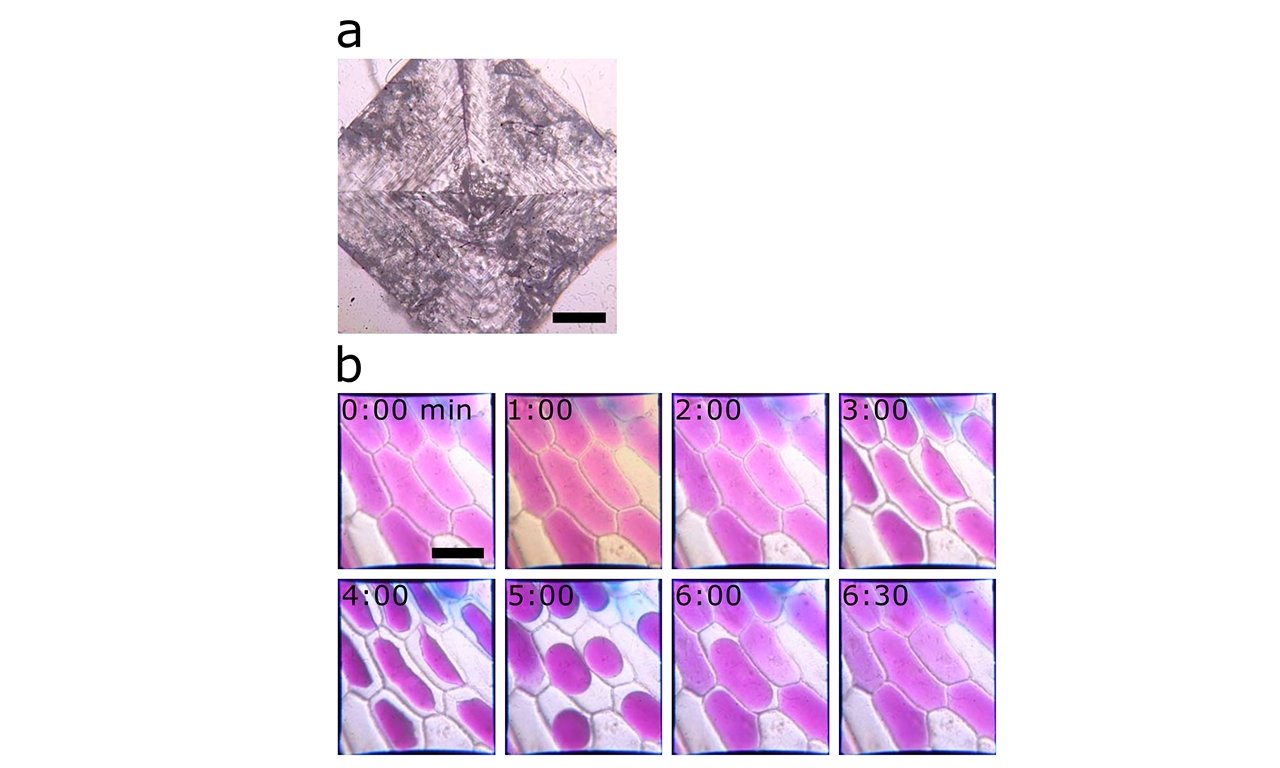Researchers at German universities have devised a way to get microscopes into the hands of science-curious kids on a budget using scavenged iPhone 5 lenses and Lego.
Researchers Bart E. Vos, Emil Betz Blesa, and Timo Betz from Germany’s Georg August University Gottingen and Munster University had a simple yet challenging task laid out before them. They wanted to devise a way that someone could build a high-resolution microscope. And, they wanted to do it for a fraction of the cost of what you would find in a classroom science lab setting.
Most toy microscopes intended for personal use are little more than glorified magnifying glasses, while classroom quality microscopes can cost hundreds, if not thousands of dollars. Many schools find it difficult to supply classrooms with sufficient equipment, and many households may find it hard to justify such a purchase.
The solution the researchers devised was an iPhone 5 camera lens, coupled with a Lego housing, with a smartphone stacked for imagery. The researchers point out that the modular nature and cheap price point of Lego makes it an ideal tool for the classroom.
Upcycled iPhone 5 lenses are also relatively easy to obtain. The researchers snagged theirs for just under $5.
The full price of the project not including the stacked smartphone came in at 102 Euro, which equals roughly $122. Though, many people may already have the Lego or spare smartphone lenses lying around, cutting the cost even further.
The project does take a bit of time to construct and is a bit more intense than a standard Lego build. So not only will prospective builders need to obtain a few specialty bricks, they’ll need to make some modifications, too.
The most extensive modification deals with illumination. The solution is to replace the standard orange LED in a Lego light brick with a white one. The LED will also need to be diffused with a piece of paper or a frosted piece of plastic. Detailed instructions on how to achieve this are included within the sample documents.
Once completed, the final microscope is capable of viewing individual cells of particular objects, such as onions, as well as tiny microorganisms like water fleas.

a) a view of a sodium chloride crystal and b) onion cells | Image credit: Vos, Bleza, Betz
The researchers hope that their proof of concept helps get science equipment into the hands of more students, as they believe all children deserve the chance to expand their scientific understanding of the world around them.
“An understanding of science is crucial for decision-making and brings many benefits in everyday life, such as problem-solving and creativity,” says Professor Timo Betz, University of Gttingen. “Yet we find that many people, even politicians, feel excluded or do not have the opportunities to engage in scientific or critical thinking. We wanted to find a way to nurture natural curiosity, help people grasp fundamental principles and see the potential of science.”
The plans for the project are available entirely for free. A study is also available, which includes the methods the researchers used, data obtained, and a collection of suggested experiments students can conduct.
Keep up with everything Apple in the weekly AppleInsider Podcast — and get a fast news update from AppleInsider Daily. Just say, “Hey, Siri,” to your HomePod mini and ask for these podcasts, and our latest HomeKit Insider episode too.
If you want an ad-free main AppleInsider Podcast experience, you can support the AppleInsider podcast by subscribing for $5 per month through Apple’s Podcasts app, or via Patreon if you prefer any other podcast player.

0 Comments